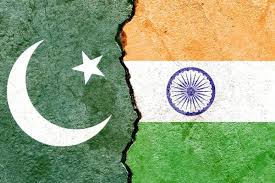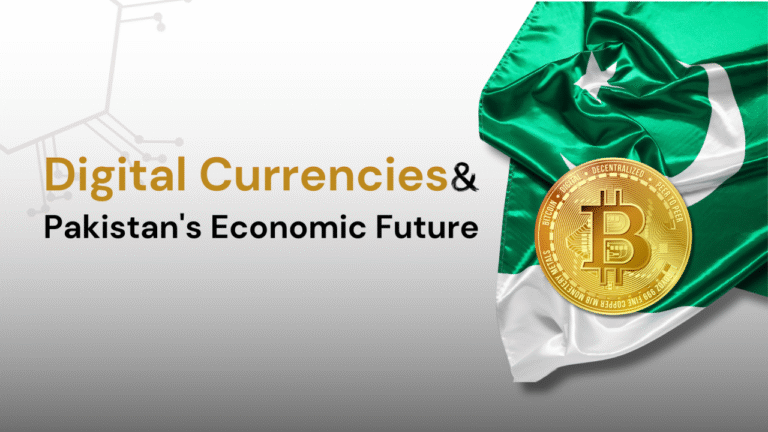India-Pakistan Relations: The Current Scenario
Introduction
Introduction — Tense but managed ties feature crisis‑management channels, limited trade and
intermittent people‑to‑people contact.. This section explores why it matters in Pakistan’s 2025
context, what policy makers, businesses and ordinary citizens are experiencing on the ground, and
how short‑term pressures connect to longer‑term reforms. In practice, stakeholders report mixed
outcomes: some quick wins, some persistent bottlenecks, and a growing realization that execution
quality is as important as headline announcements. Data from recent budgets, business surveys and
citizen feedback shows momentum but also volatility Digital platforms and youth engagement are
reshaping how debates happen and which issues trend Regional geopolitics, energy prices and climate
shocks create external pressure that domestic policy must absorb
Security & Borders
Security & Borders — Ceasefire understandings are periodically tested; dialogue reduces escalation
risk. This section explores why it matters in Pakistan’s 2025 context, what policy makers,
businesses and ordinary citizens are experiencing on the ground, and how short‑term pressures
connect to longer‑term reforms. In practice, stakeholders report mixed outcomes: some quick wins,
some persistent bottlenecks, and a growing realization that execution quality is as important as
headline announcements. Officials emphasize transparency and measurement so progress can be audited
and course‑corrected Private sector leaders focus on reliability, cost and speed; they want fewer
surprises and clearer rules Citizens judge success by service delivery: jobs, prices, energy
availability, safety and fairness
What the numbers suggest — Recent datasets indicate uneven but real progress. This section explores
why it matters in Pakistan’s 2025 context, what policy makers, businesses and ordinary citizens are
experiencing on the ground, and how short‑term pressures connect to longer‑term reforms. In
practice, stakeholders report mixed outcomes: some quick wins, some persistent bottlenecks, and a
growing realization that execution quality is as important as headline announcements. International
partners link financing to governance, climate resilience and inclusion benchmarks Provincial
differences matter; pilot programs in one city often scale after evidence of impact Independent
media and researchers provide third‑party evaluation that improves public trust
Trade & Connectivity
Trade & Connectivity — Formal flows are small; regional logistics remain an untapped opportunity.
This section explores why it matters in Pakistan’s 2025 context, what policy makers, businesses and
ordinary citizens are experiencing on the ground, and how short‑term pressures connect to
longer‑term reforms. In practice, stakeholders report mixed outcomes: some quick wins, some
persistent bottlenecks, and a growing realization that execution quality is as important as headline
announcements. Officials emphasize transparency and measurement so progress can be audited and
course‑corrected Private sector leaders focus on reliability, cost and speed; they want fewer
surprises and clearer rules Citizens judge success by service delivery: jobs, prices, energy
availability, safety and fairness
What the numbers suggest — Recent datasets indicate uneven but real progress. This section explores
why it matters in Pakistan’s 2025 context, what policy makers, businesses and ordinary citizens are
experiencing on the ground, and how short‑term pressures connect to longer‑term reforms. In
practice, stakeholders report mixed outcomes: some quick wins, some persistent bottlenecks, and a
growing realization that execution quality is as important as headline announcements. International
partners link financing to governance, climate resilience and inclusion benchmarks Provincial
differences matter; pilot programs in one city often scale after evidence of impact Independent
media and researchers provide third‑party evaluation that improves public trust
Public Diplomacy
Public Diplomacy — Cultural and sports exchanges aid trust building when politics allows. This
section explores why it matters in Pakistan’s 2025 context, what policy makers, businesses and
ordinary citizens are experiencing on the ground, and how short‑term pressures connect to
longer‑term reforms. In practice, stakeholders report mixed outcomes: some quick wins, some
persistent bottlenecks, and a growing realization that execution quality is as important as headline
announcements. Officials emphasize transparency and measurement so progress can be audited and
course‑corrected Private sector leaders focus on reliability, cost and speed; they want fewer
surprises and clearer rules Citizens judge success by service delivery: jobs, prices, energy
availability, safety and fairness
What the numbers suggest — Recent datasets indicate uneven but real progress. This section explores
why it matters in Pakistan’s 2025 context, what policy makers, businesses and ordinary citizens are
experiencing on the ground, and how short‑term pressures connect to longer‑term reforms. In
practice, stakeholders report mixed outcomes: some quick wins, some persistent bottlenecks, and a
growing realization that execution quality is as important as headline announcements. International
partners link financing to governance, climate resilience and inclusion benchmarks Provincial
differences matter; pilot programs in one city often scale after evidence of impact Independent
media and researchers provide third‑party evaluation that improves public trust
Conclusion
Conclusion — A pragmatic roadmap can convert pressure into durable progress. This section explores
why it matters in Pakistan’s 2025 context, what policy makers, businesses and ordinary citizens are
experiencing on the ground, and how short‑term pressures connect to longer‑term reforms. In
practice, stakeholders report mixed outcomes: some quick wins, some persistent bottlenecks, and a
growing realization that execution quality is as important as headline announcements. Execution,
transparency and steady communication keep expectations realistic and confidence high Smart
sequencing of reforms reduces pain while protecting vulnerable groups Regional cooperation on trade,
energy and climate multiplies domestic gains
FAQs
What is the single biggest constraint in 2025? Policy continuity and capacity; investors and citizens want predictable delivery.
How should businesses respond? Plan for volatility, digitize workflows, and align with compliance and sustainability requirements.
What can citizens do? Participate, verify information, and use available digital services to reduce friction and increase accountability.
From an implementation viewpoint, success depends on practical checklists, clear ownership, and incremental milestones that are visible to the public. Independent audits, user feedback loops, and data dashboards reduce ambiguity and convert goals into measurable outcomes. This is why partnerships between the public sector, businesses, academia and civil society remain central in 2025.






